Using 911facts.dk

How do you get the most out of this site?
Truth Movement
Publications
Booking

We are available for booking a lecture or a workshop here.

Flight 77 could not fly fast close to the ground

Claim
Flight 77 could not fly fast close to the ground0.Background
The claim can be found in several places on the Internet and was also made on the Danish radio station Radio24syv on January 16, 2015, by journalist Tommy Hansen0:“A Boeing 757 was supposed to have been flown at 853 km/h, if I remember correctly, at a height of approximately 1.5 meters above a lawn. It is not possible because of what is called “the grounding effect”. That’s why aircrafts reduce speed when they land. An aircraft at that speed and of that size could not get closer to the ground than about 80-100-130 meter.”0Due to the so-called ground effect1, it should not be possible for a Boeing 757 to fly close to the ground at a speed of 500 mph (800 km/h). The consequence of the claim is thus that something other than Flight 77, a Boeing 757, hit the Pentagon after having flown the last part of the stretch at 529 mph (852 km/h) a few meters above the ground.
Facts
Ground effect The ground effect is a well-known aerodynamic phenomenon in aviation. The ground effect occurs at a relatively low speed and a relatively high angle of attack, typically when you land a plane.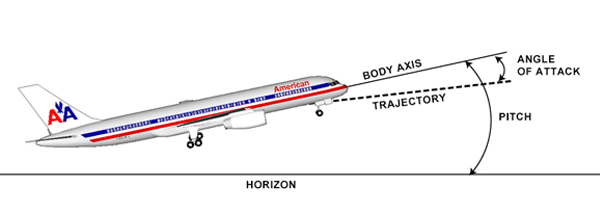
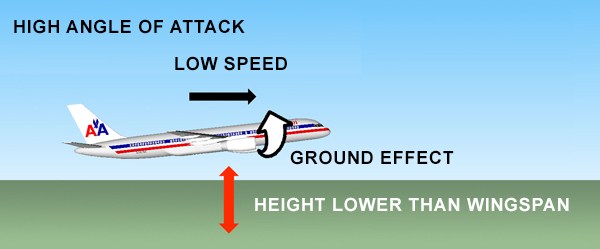
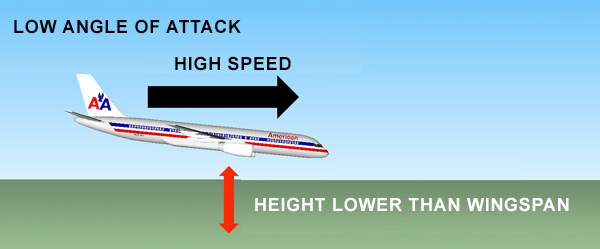
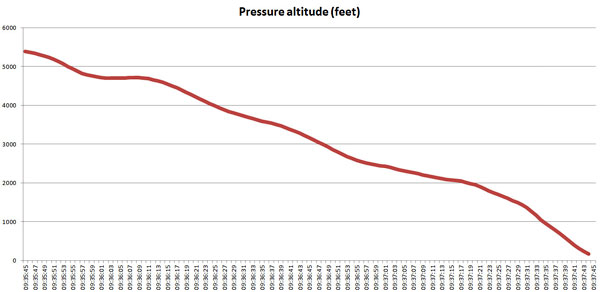 Click on the image, to view large format
Click on the image, to view large format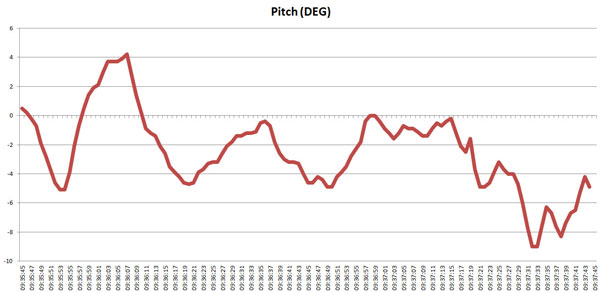 Click on the image, to view large format
Click on the image, to view large format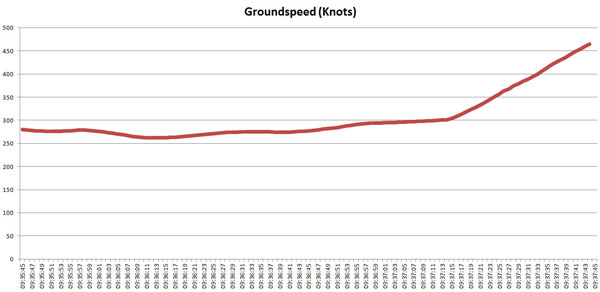 Click on the image, to view large format
Click on the image, to view large format- Flight data3
- Radar data4
- Air Traffic Control communication5
- Witnesses6
- Aircraft debris7
Logic
The claim is self-contradictory because the immediate consequence would be that Flight 77 would have continued over the Pentagon unable to hit the building. This would mean that the aircraft and the people in it, crew, passengers and hijackers, would still exist. But no witnesses have seen this overflight, no hijackers have been seen or been arrested, no passengers have been found alive, and the plane has not been found elsewhere, complete or in pieces. Neither has it appeared on radar afterwards. This leads to even more dramatic consequences, since all other published data and testimony would have to have been falsified, which would involve thousands of people including employees of the air traffic control, the NTSB, the FBI, the fire and rescue brigade, families of the victims and witnesses in the area, all of whom would be part of a conspiracy – either blackmailed, bribed, or willingly participating – that collectively promotes lies about the events, and of which none has talked about yet. If one chooses to interpret the last measurement at 173 feet (55 m) as the plane never coming further down, with the understanding that it flew over the Pentagon, this is not only a completely new claim, which is reasonably covered by the article “There was no plane at the Pentagon”, but it also contradicts the claim of the ground effect, because the ground effect is only relevant for Flight 77 at about 130 ft (40 m) above the ground, seeing that the ground effect only comes into effect when the plane is closer to the ground than its own wingspan, which is 125 ft (38 m) in the case of Flight 77. The claim also contradicts another claim which states that the planes on September 11, 2001, were remotely controlled8. The ground effect, however, applies regardless of whether the aircraft is controlled by a pilot in the cockpit or by a remote.Conclusion
The claim is therefore:- Undocumented
- In violation of the laws of aerodynamics
- Contradictive
Sources
- The Ground Effect: Why a 757 Going 500 mph Could Not Have Hit the Pentagon A Few Feet Off the Ground Forfra med Jeppesen, Radio24syv, 16/1-2015, (38:50)
- Ground effect (aerodynamics)
- Elevator (aeronautics), Wikipedia
- Flight data recorder (CSV)
- Air Traffic Control Recording-American Airlines Flight 77, Dec. 21, 2001, [Chapter 1, The 9/11 Commission Report, “We Have Some Planes.” Footnote 53]
- Air Traffic Control Recording-American Airlines Flight 77, Dec. 21, 2001, [Chapter 1, The 9/11 Commission Report, “We Have Some Planes.” Footnote 54]
- Signs of a plane, 911myths.com
- Vragrester, Flight 77
- The planes were remotely controlled
Q & A
 Click here.
Click here.